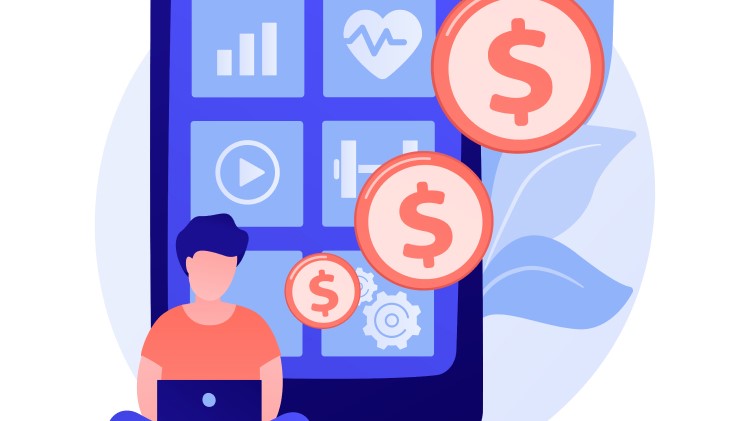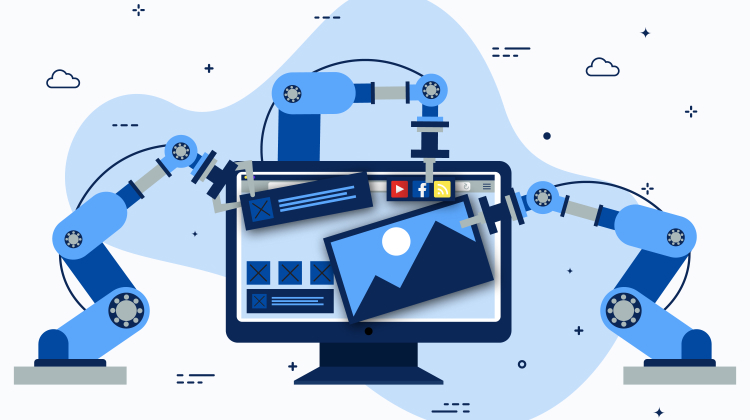Why AI in Education is the Key to Personalized Learning

Education has long been considered a one-size-fits-all approach, but advancements in technology are paving the way for a more customized experience. At the forefront of this transformation is AI in Education, a groundbreaking application of artificial intelligence that personalizes learning, enhances engagement, and improves outcomes. This blog explores how AI is revolutionizing the educational landscape and why it holds the key to personalized learning.
What is AI in Education?
AI in Education refers to the use of artificial intelligence technologies to create adaptive learning environments. These systems analyze student behavior, learning preferences, and progress to deliver tailored educational experiences. From virtual tutors to intelligent content delivery, AI is reshaping how students learn and teachers teach.
The Role of AI in Personalized Learning
Personalized learning is about addressing the unique needs, skills, and interests of each student. AI in Education enables this by:
1. Adapting to Learning Styles: AI algorithms can identify whether a student learns best through visuals, text, or hands-on activities, adjusting content delivery accordingly.
2. Providing Real-Time Feedback: With AI-powered tools, students receive instant feedback on assignments, helping them correct mistakes and learn faster.
3. Facilitating Self-Paced Learning: AI in Education allows students to learn at their own pace, ensuring they fully grasp concepts before moving on.
How AI Enhances Student Engagement
AI in Education doesn't just tailor content; it also makes learning more engaging. Gamified learning platforms and AI-driven interactive tools create immersive experiences that keep students motivated. Chatbots, for instance, serve as virtual teaching assistants, answering queries and providing support around the clock.
AI-Powered Tools Revolutionizing Education
Several AI tools are already making waves in the education sector.
1. Smart Content Creation: AI can generate quizzes, flashcards, and even full lesson plans tailored to specific learning objectives.
2. Virtual Classrooms: AI-powered platforms simulate real-world classroom environments, enhancing remote learning.
3. Intelligent Tutoring Systems: These systems offer one-on-one tutoring, mimicking the benefits of personal mentorship.
Each of these tools underscores the potential of AI in Education to transform traditional learning models.
Addressing Challenges in Education with AI
AI in Education also tackles common challenges faced by educators and institutions.
1. Reducing Administrative Burden: Automating grading and administrative tasks frees up teachers to focus on teaching.
2. Bridging Learning Gaps: AI identifies areas where students struggle and provides targeted resources to address them.
3. Inclusivity and Accessibility: From language translation to assistive technologies for differently-abled students, AI makes education more accessible.
AI in Education: A Game-Changer for Teachers
AI doesn't replace teachers; it empowers them. Educators can use AI insights to better understand their students' needs and tailor their teaching strategies. AI in Education also helps teachers stay updated with professional development courses, ensuring they remain effective in their roles.
Challenges of Implementing AI in Education
While the benefits of AI in Education are immense, its implementation comes with challenges.
1. Cost of Technology: High initial investments in AI infrastructure can be a barrier for schools.
2. Data Privacy Concerns: Ensuring the safety of student data is critical.
3. Resistance to Change: Adoption of AI often requires a cultural shift, which can take time.
Despite these challenges, the long-term benefits of AI in Education far outweigh the obstacles.
The Future of AI in Education
The future of AI in Education is promising. Emerging trends include:
1. Enhanced Emotional Intelligence: AI systems are beginning to recognize and respond to students' emotional states.
2. Virtual Reality Integration: Combining AI with VR will create even more immersive learning experiences.
3. Global Learning Communities: AI platforms can connect students from around the world, fostering collaboration and cultural exchange.
Conclusion
AI in Education is not just a buzzword; it's a transformative force shaping the future of learning. By enabling personalized learning experiences, enhancing student engagement, and empowering teachers, AI is redefining what education can achieve. While challenges remain, the potential of AI in Education to make learning more inclusive, effective, and accessible is undeniable.
Embracing AI in Education today ensures a brighter, smarter future for students and educators alike. The key to unlocking personalized learning lies in harnessing the power of artificial intelligence.
Note: IndiBlogHub features both user-submitted and editorial content. We do not verify third-party contributions. Read our Disclaimer and Privacy Policyfor details.







